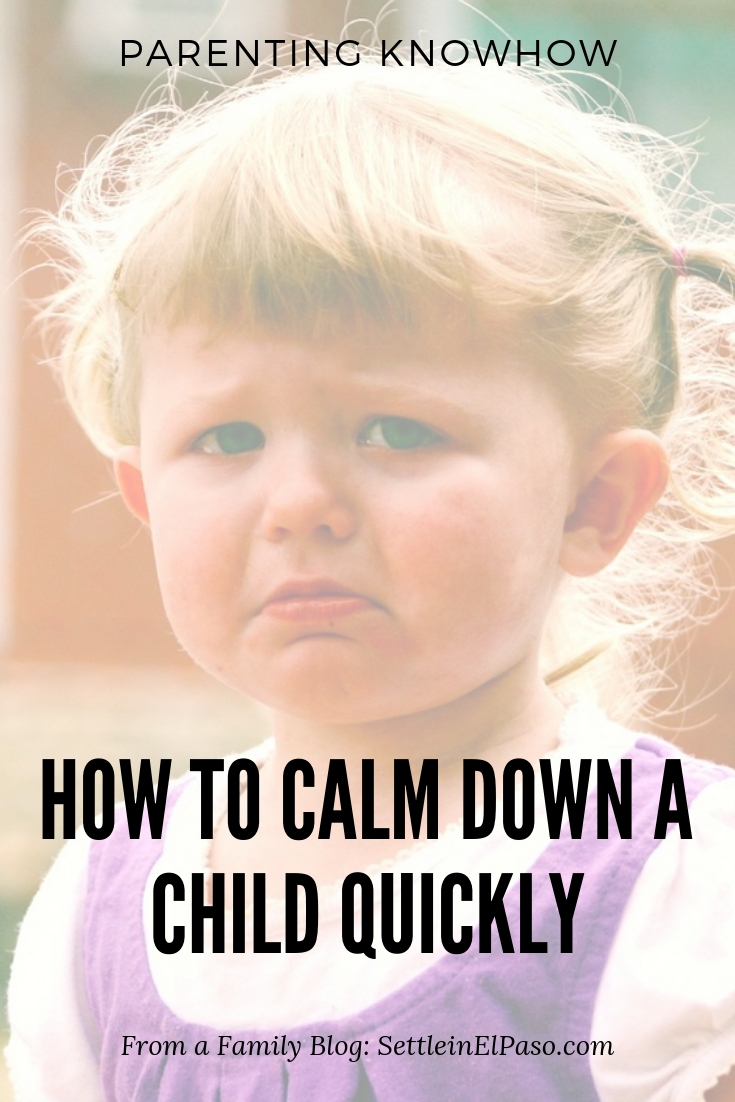
As kids grow up and their vocabulary broadens, it is possible to discuss with the children about their frustrations. Sometimes, just speaking with kids about their frustrations helps them feel better. Kids love logical deductions and statements like “It is ok to feel frustrated. Speak with grown-ups when you feel frustrated.” Yes, I am speaking like Daniel Tiger. I am a Mr. Rogers fan. Who isn’t?
How common is temper tantrum? More than half of the kids between one to four have tantrum episodes at least once a week. Dear Son also threw tantrums when he was in that age range. He is a first grader now and tantrums seem to be way less frequent than when he was three years old. I think, as parents, we have grown too. We now know better when Dear Son might get frustrated.
What can we do to help our kid to handle tantrum? The following list provides some tips on how to handle temper tantrums.
Neutralize the reason of tantrum
It is easier said than done but at the same time you might realize that doing it might make your life a lot easier. Neutralizing the cause of tantrum cannot be done by simply giving the child what she/he wants. Giving every time what the child wants would be called “bad parenting”. Once a kid realizes that a favorite treat like a candy ? or a cone of ice cream ? can be secured just by crying ? for a few minutes, she will keep doing it repeatedly.
The fact that everything in this world has to be earned does not become clear to the children if parents give children directly whatever they want to calm them down. If you want give your child a candy ? , give it as a surprise after she does something great like helping in cleaning the dishes, or for sharing toys with friends in play dates.
Well … how do we neutralize the reasons of tantrums then? Kids younger than three communicate with people with their limited vocabulary. They become frustrated when they fail to convey a message to someone. As parents, the first thing is to find out what is bothering your child. Many parents use a formal sign language or even create their own.
Dear Son started to use sign language when he was around six months old. This is because his daycare taught him signs and we reinforced the signs at home. Milk, more food, hungry, love you — these are some basic signs children can start using from very early stage. You will be surprised how easy it becomes when infants and toddlers can communicate with their parents for their basic needs.
If you plan to teach your small children sign language to establish a good communication, you can learn a few of the signs from the following Youtube video.
Even without the sign language, parents understand many things from the body language of the child. For example, the child needs to use the potty, or she needs to drink water. Also, parents sometimes understand that the child needs a diaper change without even touching the diaper or looking at it. The sooner the basic needs of a child are addressed the chances of throwing tantrum reduce.
Get ready for upcoming events

Make sure that your child had enough sleep and food before you take your child with you for shopping ?. Take a favorite toy of your child to the grocery store. The favorite toy might prevent your child from whining for another toy at the store.
If you are going out for more than two hours, take your child’s favorite blanket to give her a feeling of home and safety. For Dear Son, his favorite books ? and a few small toys had made many impossible missions possible. Some of the missions are — shopping, having a quiet time under a tree of a local park in weekend afternoons, or even waiting long hours in the airport.
The summary is — make sure that your child is comfortable and has enough resources to foster stimulating activities.
Allowing small children to choose
Allow your child to choose — definitely not choosing his/her daycare, pediatrician, or the next vacation destination. I am talking about the things that need to be done on a daily basis. For example, what breakfast would your child prefer from two options— pancakes ? or waffles? Or, ask your child if she/he would watch a favorite cartoon before or after taking a shower.
When your first grader starts doing homework in the evening, you can give a choice— which one do you want to start with— math, writing, phonetics, or reading ?? The child will have to do all of the tasks eventually but giving a child the choice is giving an indication that the child is in control. The feeling of control will keep children calm. Moreover, giving alternatives will make children more responsible because they learn to choose wisely from options.
Consequently, given the choice children do not throw tantrums because the chose to do whatever they are doing in the first place. ?
Distracting little ones
Distracting an adult is difficult but almost all children of ages one to six fall far distractions. So, why not take the advantage of it. Do not feel bad about leveraging the gullible minds of your little ones because a little bit of distraction will open a channel of communication between you and your child. You will use that channel to enter the child’s worlds to help her in controlling emotions.
Whenever your children start showing symptoms of a tantrum, immediately communicate with them — more precisely, distract them with a funny face, or tell a joke that involves tickling the child. Sometimes a combination of a cozy hug and a little tickling works like a magic for Dear Son.

Become a great teacher
Who do you remember as your favorite teacher? I am sure the teacher you are thinking of never became angry because you made some mistakes. Let us become our children’s favorite teachers by not becoming angry at them for throwing tantrums. Our children need to know that we are always with them even when they throw tantrums.
Yelling at children will make their lives fearful, which has long-term effects on children including anxiety, aggression, and low self-esteem. Instead of becoming angry at them, teach your child how to overcome frustration by drawing a picture, or cuddling a toy, or by playing with Play-Doh. Discuss with your child how healthy communication and the use of polite words, instead of throwing tantrum, make the family-life happier and easier. Let us inform our children that we are more than willing to talk about their frustrations.
Do not provoke tantrum
Your child already is in a challenging world. She/he was not on this earth just a few years ago. Learning about a new planet and its habitats along with mastering daily-survival tricks have already made the lives of the little ones more difficult than we can ever imagine.
Adults should not say and do anything that provoke tantrums in children. If there is a certain food that you do not what your child to eat too much, it is better to keep the treat in a place where children cannot find it. If you do not want your child to play games using a tablet, make sure that the device is out of sight. For children — whatever is out of sight, also is out of mind. There is no need to provoke the child by keeping the device in a location where the child can see it.
Your child might be uncomfortable about some situations, such as turning off the television while she/he is watching it. Sometimes a child may throw tantrum if he/she is asked to come to the dining table for dinner. Make sure to give early warnings about upcoming events — like turning the television off or a family dinner.
Establish family rules
Children love rules. Establish some rules like — eat major meals together as a family, wash hands before you eat, do homework before you start playing in the evening, or even brush your teeth at least twice a day. Reiterate family rules time to time. When children are familiar with the family rules or activities, they will not through tantrums because the activities around the family rules become a part of daily habit.
Make some fun seasonal rules as well — for example, play with water-guns in the summer evenings or make a snowman in December. Calling fun activities a “family rule” is an indication that the not-so-much-fun-activities are also fun.
No-response treatment for temper tantrum
On a normal day, when your children are not showing any signs of tantrum, speak with them about frustrations and tantrum. Tell your children that your ear does not hear if someone screams or speaks with tantrum. Do some role-play demonstrations. During the entire time, make sure that the conversation is bold yet funny. Do not use the word “you”, rather say if someone throws tantrum, your ears do not hear it.
If your child throws tantrum in a later day, first say, “my ears cannot hear tantrums”. Then, stop responding. At some point, remind again that your ears can hear only if someone’s voice is soft and polite. Your child will eventually communicate with you in as much normal voice as she can. At that time say, “Hmm… that is my child’s voice. I can hear it now.”
Concluding remarks
A Parent is a position of creativity in an organization called A Family. All we can give our children is a childhood with wonderful memories of a family life. One day, they will definitely look back in time. When they will look back, we want them to say — aha … now I get it … my family is from where I learnt the meaning of compassion.
From a Family Blog: Settle in El Paso
Other relevant articles
Subscribe to receive notifications on our new posts.









Wonderful advise!
Glad to know that you liked the post. Have a wonderful weekend.
Such good advice and strategies.
I am glad that you liked the post. Thank you for visiting and commenting. Have a wonderful Thanksgiving week ahead.